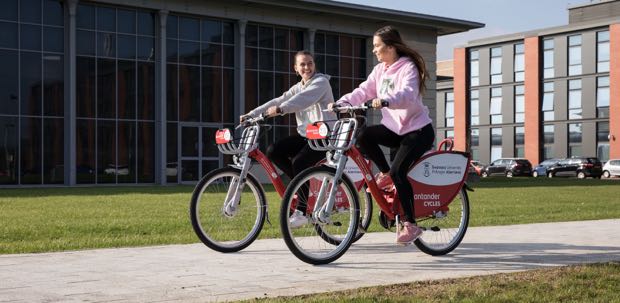Welsh Government active travel ambitions are ‘a long way from being achieved’, says Audit Wales in a new report.
There’s been increased spending through the Active Travel Fund but warned that headline active travel rates have not improved in recent years. It said that better evidence was needed to track progress and assess value for money.
‘Active travel’ describes walking and cycling, possibly combined with public transport, for everyday journeys like to or from a workplace or school, or to access health, leisure or other services and facilities. It is differentiated from walking and cycling solely for leisure.
The Active Travel (Wales) Act 2013 aims to increase active travel rates and places duties on the Welsh Ministers and local authorities.
Auditor General Adrian Crompton said, “The Welsh Government needs to reflect on why, in over a decade, the Active Travel (Wales) Act and the arrangements to support delivery have not yet had the desired impact. Various factors influence active travel behaviour across a range of policy areas.
“The importance of being able to put value for money to the test through strengthened monitoring, evaluation, and reporting, reflects a recurring theme from my wider audit work. Without better supporting evidence, the risk is that doing more of the same, including in how funding is prioritised, may simply produce the same results.”
It added, “The limited information available suggests active travel rates have not improved in recent years, with headline walking rates below pre-pandemic levels. In 2022-23, 51% of people said they walked at least once a week for active travel purposes and 6% cycled. The figure for walking compares with 60% in 2019-20 while cycling rates have remained broadly static.”
The report highlights various issues and areas for improvement, including around target setting, the extent to which active travel has been integrated across wider policies and programmes and prioritised locally, national leadership arrangements, capacity issues in local authorities, and the approach to and prioritisation of funding. It also emphasises that the building of physical infrastructure has not been accompanied by a strong enough focus on awareness raising and behaviour change.
